
City of the Dead
Removed from Unnamed collection



Source: Alex, Diatomic Tours Images may be subject to copyright. Learn More
Cairo, with its bustling population of around 21 million, is a city full of life and mystery. One of its most intriguing areas is the City of the Dead, nestled beneath the Mokattam Hills in the southeast. This isn’t your typical graveyard; it’s a necropolis that has transformed over the centuries into a vibrant community, thriving with a life of its own. While some might label it a slum, it also stands as a testament to Cairo's rich and colorful history.
Stretching approximately 6.4 kilometers from north to south, the City of the Dead is more than just a resting place for the departed. Its origins date back to 642 AD when Amr Ibn Al 'As established a family graveyard at the foot of Mokattam. Over time, people moved here to stay close to their ancestors, creating a unique blend of the living and the deceased.
This captivating site has attracted visitors for centuries. One of its most famous guests was the Moroccan scholar, Ibn Battuta, who is celebrated as one of history's greatest travelers. He explored the City of the Dead and documented his experiences, adding to the area’s allure. Today, the City of the Dead offers a rare glimpse into a world where history and modern life intersect. Walking through its streets, you can see the intricate blend of mausoleums and modest homes, each telling its own story. It’s a place where time seems to stand still, yet life continues to flourish in the most unexpected ways. The area is also known for its distinct architectural styles, with tombs and buildings showcasing Islamic art and craftsmanship. If you ever find yourself in Cairo, this is a spot that will leave you with a profound sense of awe and wonder. You may also be interested:
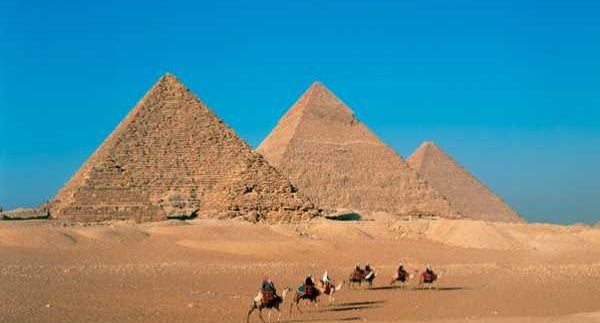
Removed from Unnamed collection
The Great Pyramids of Giza 
Nestled in the bustling sands of Giza, the three major pyramids stand as timeless sentinels of ancient history. If you don't mind tight spaces, seize the chance to step inside the Great Pyramid. For a negotiable tip or fee, you can navigate its intri
Map

Removed from Unnamed collection
Cairo Citadel 
As iconic as the Giza Pyramids, the medieval Citadel stands proudly above the bustling cityscape of Cairo, its silhouette a striking contrast against the skyline. The majestic Mohammed Ali Mosque, perched within the Citadel, shines like a guiding lig
Map

Removed from Unnamed collection
Khan El Khalili 
There's truly nothing in Cairo quite like wandering through the sprawling shopping labyrinth known as Khan El Khalili. This bustling market is the city's largest souk, and it has managed to retain much of its original charm and structure since its da
Map
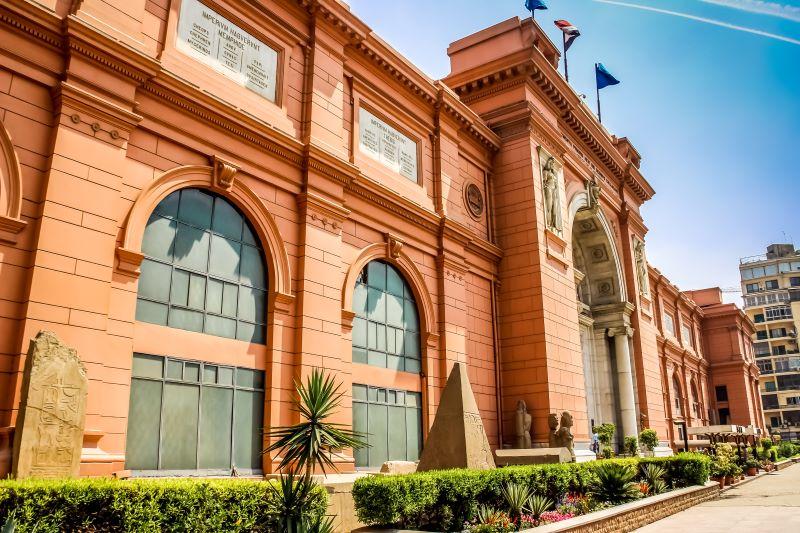
Removed from Unnamed collection
The Egyptian Museum 
The Egyptian Museum in Cairo might not be the oldest of its kind, but it sure is the most packed with treasures. Imagine this: over 150,000 artifacts on display and another 30,000 tucked away. It’s like wandering into a real-life treasure trove. As y
Map
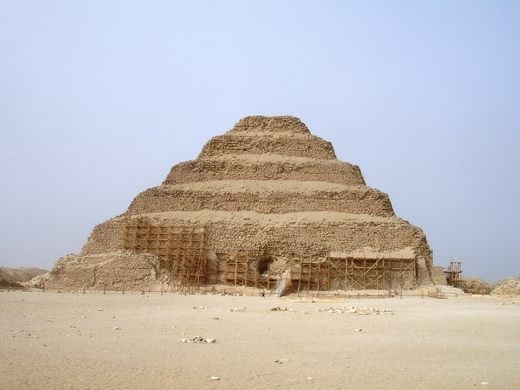
Removed from Unnamed collection
Pyramid of Djoser 
Built as a tomb for the pharaoh Djoser, also known as Zoser, the Djoser Pyramid was constructed between 2630 BC and 2611 BC in Saqqara, Egypt. Despite being the world's oldest intact large-scale stone monument, it's often in the shadow of Egypt's mor
Map
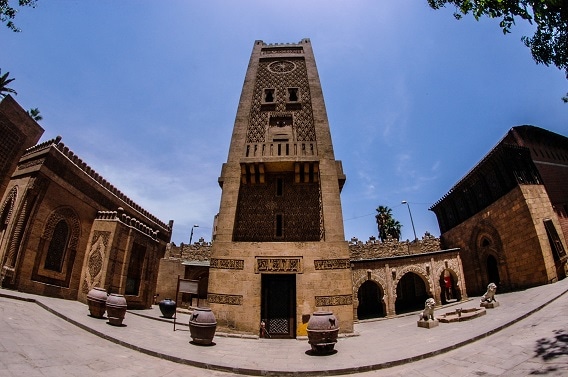
Removed from Unnamed collection
The Mosque of Muhammad Ali 
Nestled on Rhoda Island in Cairo's Manial district, the Prince Mohammed Ali Palace is a captivating historical gem that's unlike any other in the city. Constructed by Prince Mohammed Ali Tewfik, the uncle of King Farouk, between 1899 and 1929, this p
Map
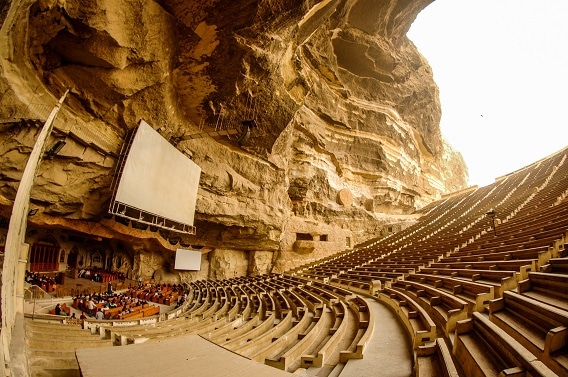
Removed from Unnamed collection
St.Samaan Church 
It’s a bit of a cliché, isn’t it? We often hear that Egypt is all about the ancient pyramids and pharaohs. But, let me tell you, there's so much more beneath the surface. Take Mokattam, for example. While the Zabaleen area captures attention due to i
Map

Removed from Unnamed collection
Giza Pyramids Tour 
Giza Pyramids Tour | Tours-to-egypt.com Want to know about the Giza pyramids tour? Tours-to-egypt.com will help you to choose the best trip plan to fully make an extraordinary tour. For more info visit our website today.Contact Us-Nile Cruisershesh
Map
 Alex, Diatomic Tours
Alex, Diatomic Tours 
 Egypt
Egypt